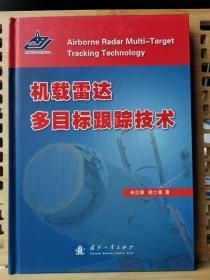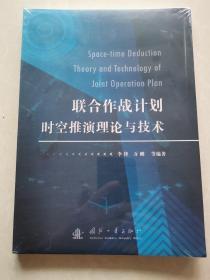
纳米光子学与光谱学中的计算模拟(英文版)/纳米光子学丛书9787302570998
正版图书,可开发票,请放心购买。
¥ 58.84 8.5折 ¥ 69 全新
库存2件
广东广州
认证卖家担保交易快速发货售后保障
作者孙萌涛//穆希皎|责编:鲁永芳|总主编:孙萌涛
出版社清华大学
ISBN9787302570998
出版时间2021-11
装帧平装
开本其他
定价69元
货号31312550
上书时间2024-11-27
- 店主推荐
- 最新上架
商品详情
- 品相描述:全新
- 商品描述
-
作者简介
北京科技大学数理学院教授,博士生导师。先后就职于瑞典隆德大学,中国科学院物理研究所。截至目前,已在Light:Science&Applications、AdvanceMaterials、Small等期刊上发表高水平论文150余篇,包含8篇ESI高被引论文,论文已被引用5600余次,单篇引用最高230次,H因子40。主持国家自然科学基金重大研究计划2项;国家自然科学基金面上项目2项;科技部重大研究计划1项。
目录
Chapter 1 Introduction
Chapter 2 Theoretical Basis of Computational Simulation
2.1 Semi-empirical method
2.1.1 Introduction of semi-empirical method
2.1.2 The accuracy and applicable scale of the semi-empirical method
2.1.3 Mainstream software
2.2 Hartree-Fock method
2.3 Density functional theory
2.3.1 Difficulties in calculation of actual materials
2.3.2 Hohenberg-Kohn theorem
2.3.3 Exchange correlation functional
2.3.4 Selection of functional
2.3.5 How to change the functional
2.4 Basis sets
2.4.1 Selection of basis sets
2.4.2 Application of mixed basis set, custom basis set and pseudopotential basis set in Gaussian
2.4.3 Diffuse functions
Chapter 3 Calculation and Analysis of Electron Transition Spectra
3.1 Calculation method of excited states
3.1.1 Introduction
3.1.2 TDDFT
3.1.3 Other calculation methods excited states
3.1.4 Appendix: list of HF components of different DFT functionals
3.2 Analysis method of excited states
3.2.1 Hole-electron analysis
3.2.2 Quantitative description
3.2.3 Exciton binding energy
3.2.4 Ghost-Hunter index
Chapter 4 Vibration Spectrum Calculation and Analysis
4.1 IR spectra
4.2 Raman spectra
4.3 Calculation of vibration-resolved electronic spectra
4.3.1 Principles
4.3.2 Calculation methods
4.3.3 Additional parameters
4.4 Vibration mode
Chapter 5 Calculation of Nonlinear Optical Properties
5.1 Two-photon absorption
5.1.1 Calculation method of TPA cross-section
5.1.2 Application of TPA calculation
5.2 Second order Harmonic wave generate
5.2.1 Sum-of-states
5.2.2 Calculation of SHG
Chapter 6 Calculation and Analysis of Molecular Chiral Spectra
6.1 Chirality
6.2 Chiral spectroscopy
6.2.1 Electron circular dichroism
6.2.2 Raman optical activity
Chapter 7 First Principles Calculation of Optical Properties of Solids
7.1 Optical properties of solids
内容摘要
本书主要针对纳米光子学和光谱学中的计算模拟问题进行原理和应用上的介绍。主要分为原理和程序应用两部分;从计算原理上来说,还可以分为量子力学计算和经典力学模拟。本书采用量子力学和量子化学框架中的第一性原理技术对分子体系和固体体系及其表面的光谱学模拟和分析;以及使用经典电磁场理论对材料的光学性质和现象进行有限元计算,包括亚波长光学以及表面等离激元的分析和应用。
本书在介绍原理、理论以及物理公式的同时,还会列出计算模拟的具体方法,比如
程序输入文件、模型的构建方法以及后续分析绘图方法。也会给出一些批处理的实用脚本程序以方便读者使用。
本书可作为从事光子学和光学方向的研究生和科研人员的入门书籍和长期案头书目。旨在让初学者能尽快掌握计算模拟技术,并且在相当长一段时间内能从书中获得帮助。
相关推荐
— 没有更多了 —



























以下为对购买帮助不大的评价